The mixed doubles champions' remarks criticizing the tournament organizers have sparked widespread debate—has the US Open mixed doubles event become merely an exhibition match and failed in its reform?
After Eleni and Vavasori clinched the mixed doubles title at this year’s US Open, declaring a successful title defense, their post-match statements once again sparked debate about the US Open mixed doubles reform: has this Grand Slam official event really been downgraded to an exhibition match, signaling a failed reform?
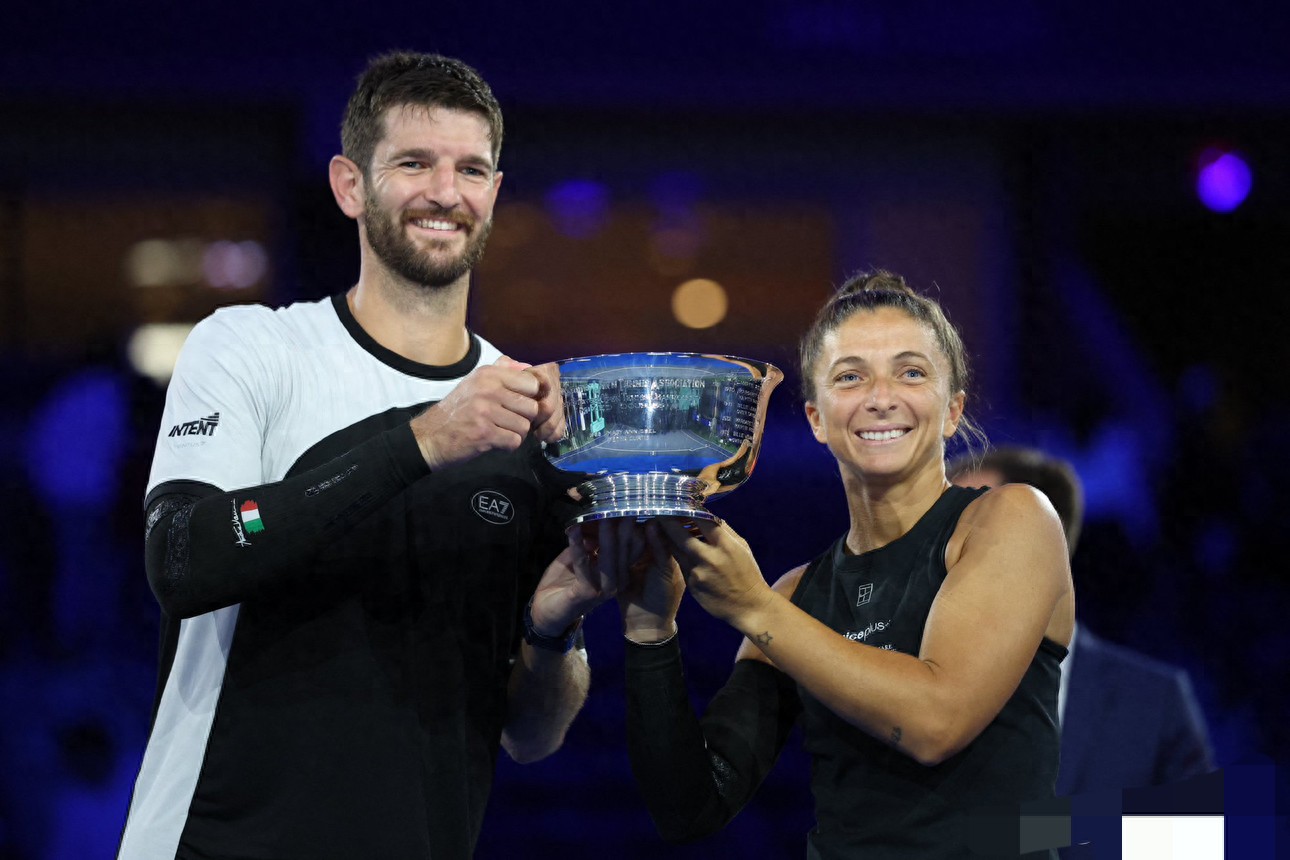
This year’s US Open mixed doubles campaign was deeply memorable for Eleni and Vavasori.
As last year’s US Open mixed doubles champions, when the tournament organizers boldly restructured this Grand Slam event and sent widespread invitations to many top players to form pairs and compete, Eleni and Vavasori were initially not included in the invitation list. Even their eventual wild card entry as defending champions was viewed by some as a reluctant concession by the US Open organizers under public pressure. Many believed the reform deprived other specialized doubles players of prize opportunities, which caused dissatisfaction—Eleni was among those expressing discontent.
Once on the US Open mixed doubles court, Eleni and Vavasori’s extensive doubles expertise made them stand out among many ad-hoc pairings. Their strong chemistry and superior tactics allowed them to perform smoothly, sweeping through rounds from the first match all the way to the final.
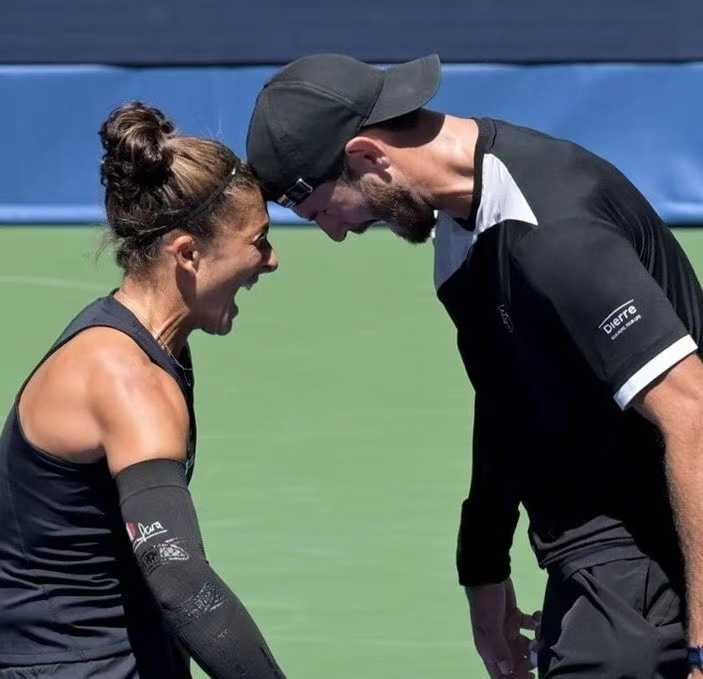
After Eleni and Vavasori defeated the temporary duo of Swiatek and Ruud in the final to claim the championship, voices quickly emerged in the media: the US Open organizers’ painstaking reform was ultimately contradicted by reality; professional players still dominate Grand Slam events, and Eleni and Vavasori’s championship highlighted the shortcomings of others.
Swiatek also acknowledged this in her post-match comments, saying, “Professional doubles players indeed have more diverse tactics than singles players.”
When Eleni and Vavasori won the title and took home the $1 million prize, many assumed they would be delighted by such a large reward resulting from the US Open mixed doubles reform and praised the organizers. However, everyone was mistaken, as their comments instead criticized the organizers.
“This championship is dedicated to all the doubles players who couldn’t participate in this tournament; it belongs to them too!” Hearing this from the champions, it was clear Eleni and Vavasori were still voicing grievances for those excluded from this year’s US Open mixed doubles. Their victory now seems like a protest against the US Open organizers, implying that such bold reforms were wrong and that Grand Slam events must rely on professional players; otherwise, the event risks becoming a mere entertainment show for amateurs.
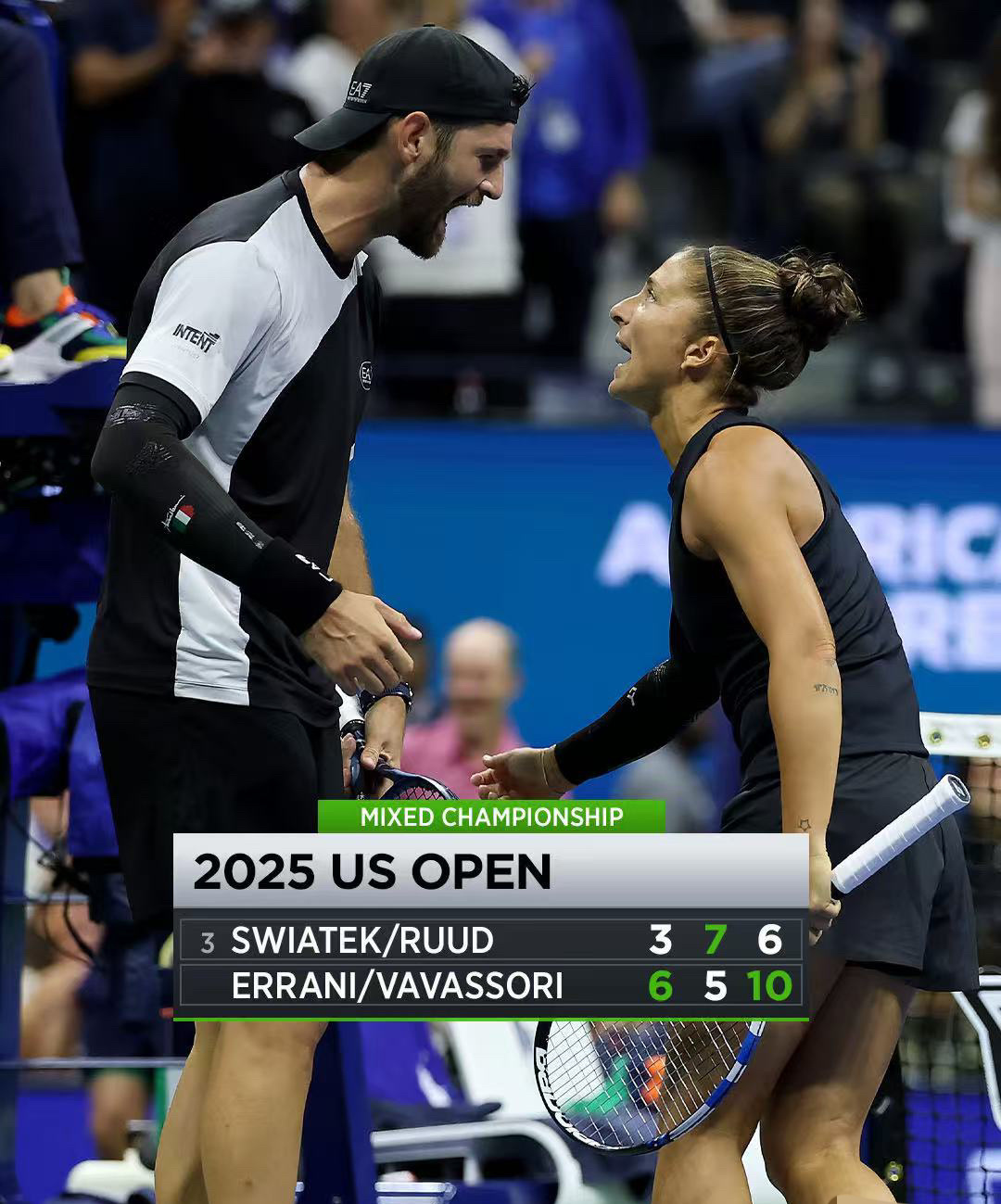
This issue sparked heated debate online, and Eleni’s earlier criticism of the US Open organizers resurfaced: “Holding a Grand Slam doubles event but not allowing doubles specialists to compete is pushing them out of their own sport, which is very unfair.”
Now, after successfully defending their US Open mixed doubles title, their remarks hinting at criticism of the organizers seem intended to tell the public that the US Open’s mixed doubles reform has turned the event into an exhibition, completely losing its original professional Grand Slam spirit. Their win is a declaration of professional doubles players’ rights.
So, has the US Open’s mixed doubles reform truly failed, turning it into a complete exhibition? That might be an overstatement.
This year many top players participated in the US Open mixed doubles, such as Djokovic, Alcaraz, Swiatek, Pegula, Andreescu, and Sabalenka. Any one of them is highly competitive in singles. Inviting so many elite players to a mere exhibition would be extremely difficult. Even the US Open, known for its generosity, might hesitate due to the high appearance fees required to bring them all for a single exhibition event.
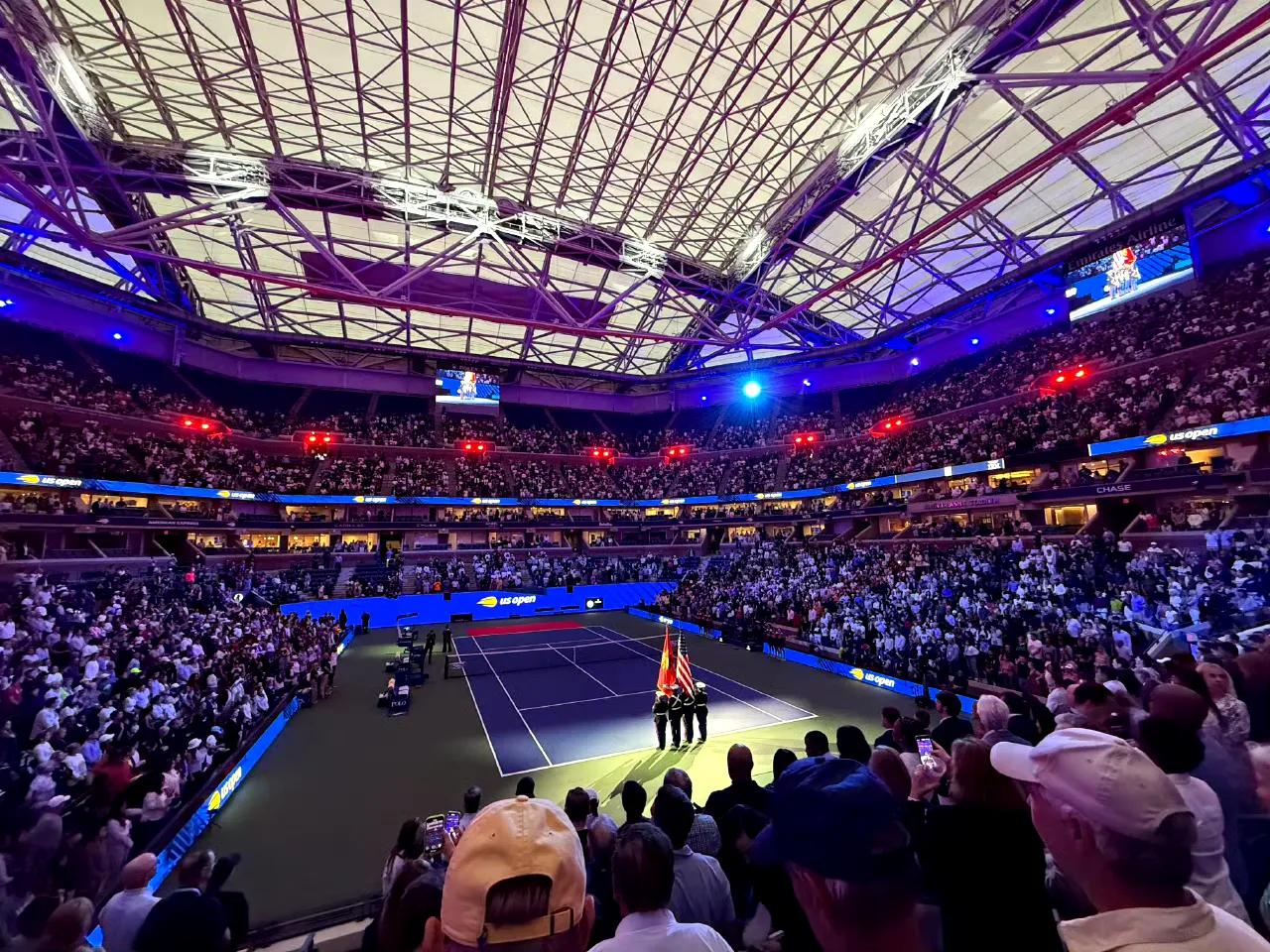
Why are these top players so interested in this year’s US Open mixed doubles, willing to participate without appearance fees and showing great enthusiasm? Even Australian young star Demina publicly begged the US Open organizers for a mixed doubles wild card. The answer can be found in Alcaraz’s comments.
“I like this new format, and it allows me to test the strings, balls, and court conditions, which is excellent preparation for me,” said Alcaraz. By moving the mixed doubles event to run alongside the qualifying rounds, top players can use this opportunity to adjust to the conditions. This is likely the key reason why Alcaraz and other top players were attracted. If it were just an exhibition, many top players would likely be discouraged, and the mixed doubles event would not receive such high attention this year.
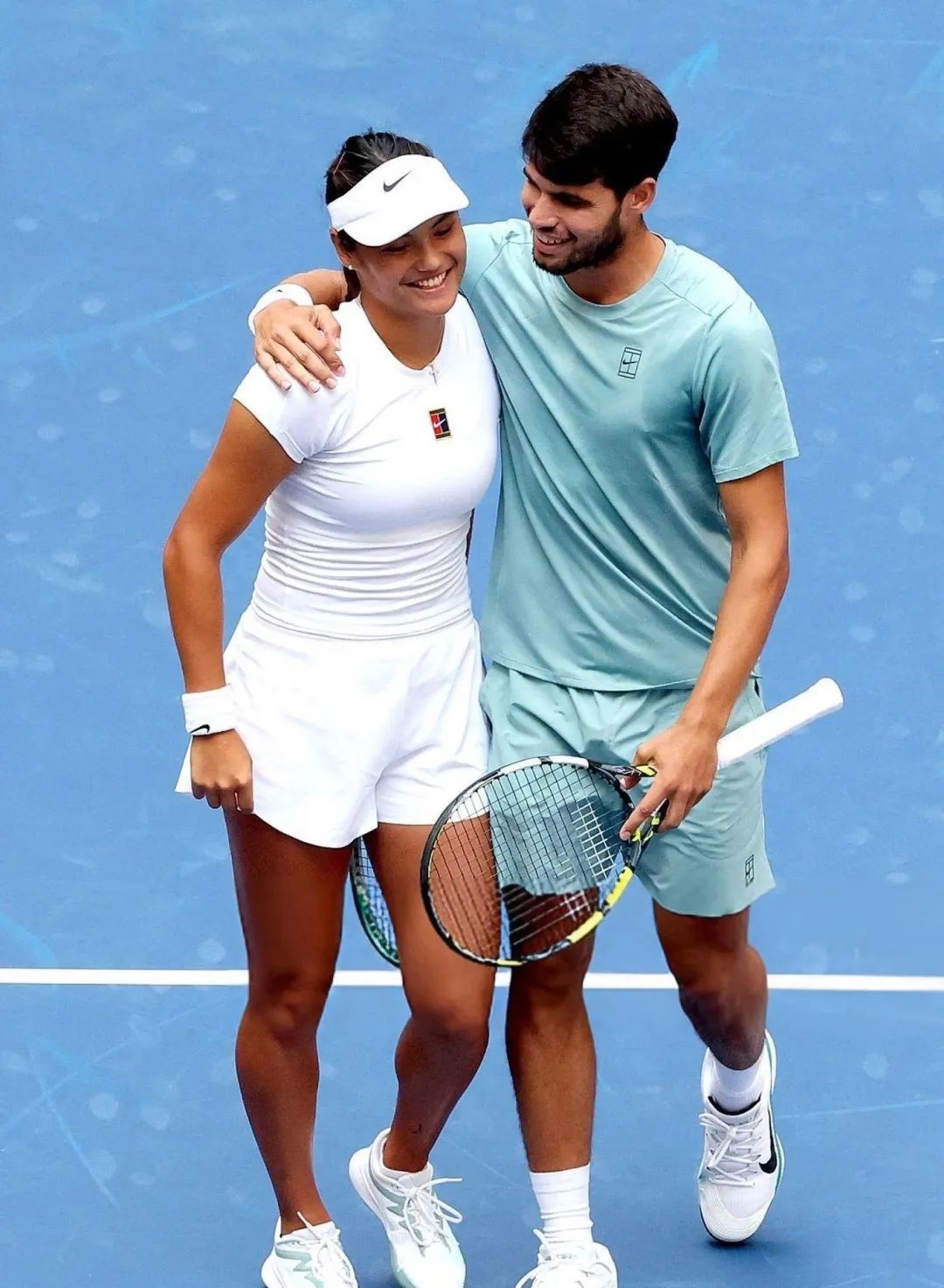
Fans and netizens pointed out that previously the US Open mixed doubles attracted little attention, but this year every match from start to final was nearly sold out, which they attribute to the reform’s success. “Tennis is a business, and naturally, more spectators are better. That’s what sponsors and broadcasters want to see. Compared to past years with sparse crowds, this is definitely a success.”
Additionally, some experts discussing this topic also believe it should not be dismissed as an exhibition and affirm the success of this year’s US Open mixed doubles reform.

Their reasoning is that Grand Slam mixed doubles traditionally involves many players who are less competitive in singles or who exit early, pairing temporarily—essentially similar to an exhibition. Given that, the US Open organizers’ changes favoring top players are understandable. Although it sacrifices some professionalism, the excitement level is not reduced, and it attracts large audiences. This approach is better than letting mixed doubles popularity plummet to near zero, where players fight hard but no one watches. Ultimately, sports need popularity to be meaningful, and it’s easy to see which is better: a neglected event or a popular one.(Source: Tennis Home, Author: Moonlit River Sky)







 Links
Links
 Contact
Contact
 App
App


